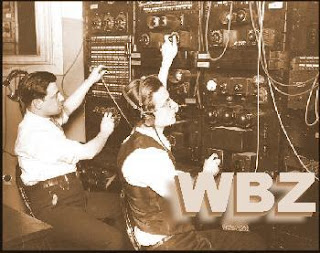For Hampden County residents, fall has become associated
with everyone’s favorite source of cream puffs and traffic jams: the Big E.
Each September, millions flock to the Eastern States Exposition for the
fifth-largest state fair in the country, and this year marks the fair’s
centennial celebration.
The Eastern States Exposition, West Springfield’s home of
the Big E, launched in the early 20th century in response to the
regional decline in farming activity. Joshua L. Brooks purchased the 175 acres
of swampland with the goal of inspiring and supporting farmers and revitalizing
the agricultural economy.
The Expo’s first event was the National
Dairy Show, held in 1916. Until that year, the event had been held annually in
the Midwest, and the proposal of hosting it in West Springfield was originally
rejected by the directors, on the assumption that the region’s small farming
community wouldn’t attract a significant audience. Eventually, the directors
conceded to Brooks’ persuasion, and 45,000 people attended the event. Brooks’
actions spearheaded the “Eastern States Movement,” which sought to revitalize
the region’s agricultural economy.
The primary autumn events of the Eastern States Exposition,
named the “Big E” in 1967, first opened to the public in 1917. This tradition
has grown in popularity over the years and endured as a beloved New England
tradition. It has been interrupted only by World War I and II, during which
time the fairgrounds were requisitioned and used as supply depots for the
military.
The Exposition fairgrounds now house over 25 buildings
showcasing a variety of agricultural, commercial, and cultural products and
demonstrations. Among these are the Coliseum, the Better Living Center, and
buildings dedicated to each of the six New England states. The Big E is also
home to the world’s largest traveling midway, with more food, shopping,
entertainment, and ride offerings than any other fair of its kind.
Apart from the Big E, the Exposition
fairgrounds host a number of agricultural and cultural events throughout the
year, including the Amherst Railway Society Railroad Hobby Show, the Big East
and the Fiber Festival of New England. The fairgrounds are also home to the
historic Storrowton Village.
This year, the Eastern States Exposition celebrates its 100th
anniversary with a special 3,500 square foot exhibit dedicated to the memories
collected over the fair’s century of history.











